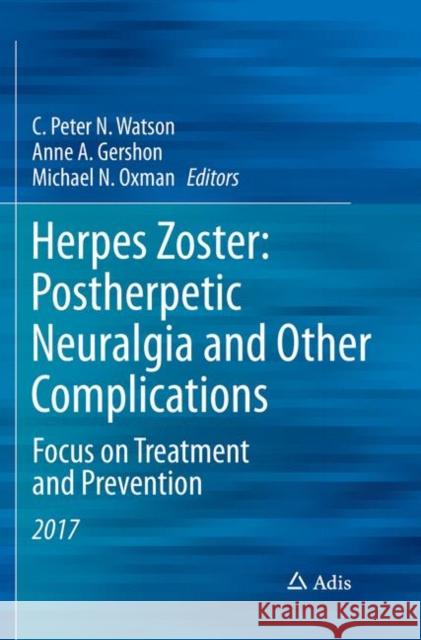Herpes Zoster: Postherpetic Neuralgia and Other Complications: Focus on Treatment and Prevention » książka
topmenu
Herpes Zoster: Postherpetic Neuralgia and Other Complications: Focus on Treatment and Prevention
ISBN-13: 9783319830421 / Angielski / Miękka / 2018 / 431 str.
Herpes Zoster: Postherpetic Neuralgia and Other Complications: Focus on Treatment and Prevention
ISBN-13: 9783319830421 / Angielski / Miękka / 2018 / 431 str.
cena 441,75
(netto: 420,71 VAT: 5%)
Najniższa cena z 30 dni: 424,07
(netto: 420,71 VAT: 5%)
Najniższa cena z 30 dni: 424,07
Termin realizacji zamówienia:
ok. 22 dni roboczych
Dostawa w 2026 r.
ok. 22 dni roboczych
Dostawa w 2026 r.
Darmowa dostawa!
Kategorie BISAC:
Wydawca:
Adis
Język:
Angielski
ISBN-13:
9783319830421
Rok wydania:
2018
Wydanie:
Softcover Repri
Ilość stron:
431
Oprawa:
Miękka
Wolumenów:
01











